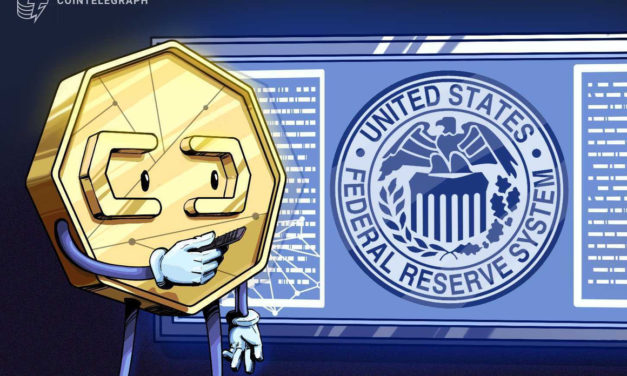Report urges central banks to work together on digital currency interoperability
International agencies are urging central banks to consider interoperability early in the design of central bank digital currencies (CBDCs). The Bank for International Settlements (BIS) Committee on Payments and Market Infrastructures, the BIS Innovation Hub, the International Monetary Fund and the World Bank released a report Monday that looked at three options for cross-border interoperability that address challenges including high costs, low speed, limited accessibility and thelack of transparency.The present publication was a response to a 2020 Committee on Payments and Market Infrastructures report that identified 19 building blocks to enhance cross-border payments. Most work on CBDCs has been focused on domestic policy goals so far, according to the authors. They went on to examine variables such as accessibility by payment service providers (PSPs) and nonresidents to wholesale and retail CBDCs and interaction with non-CBDC infrastructure. Three approaches to interoperability were examined. Compatibility, or the adoption of common standards, would make it easier for PSPs to operate across systems. Interlinking would allow participants in the system to establish contractual agreements, technical links, standards and operational components to perform transactions across systems. Interlinking could be achieved through several models. Finally, a single technical system could host multiple CBDCs. Related: Crypto resonates better with BIS’ vision of ideal monetary systemInternational collaboration on CBDC design is necessary to overcome cross-border payment challenges, and many CBDC design features remain undecided in the numerous CBDC projects currently underway. Research is moving fast, so the opportunity for coordination should be seized while it remains, the report said. Coordinating design features could help CBDCs avoid unforeseen pitfalls and improve common Know Your Customer/Anti-Money Laundering efforts. The three approaches to interoperability discussed in the report are not mutually exclusive, although they all involve tradeoffs, the report noted.
Čítaj viac






